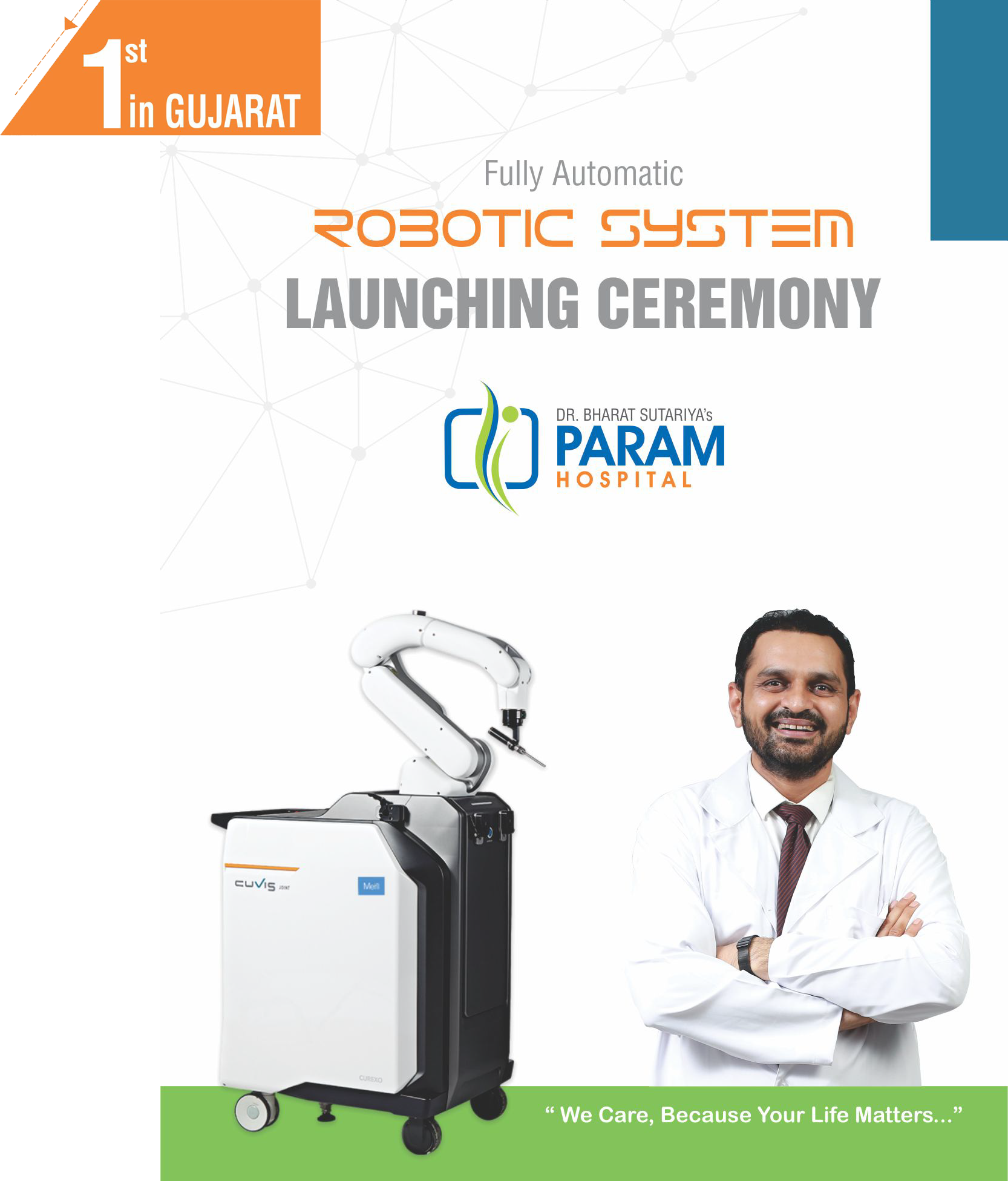
"We Care, Because Your Life Matters..."

"We Care, Because Your Life Matters..."
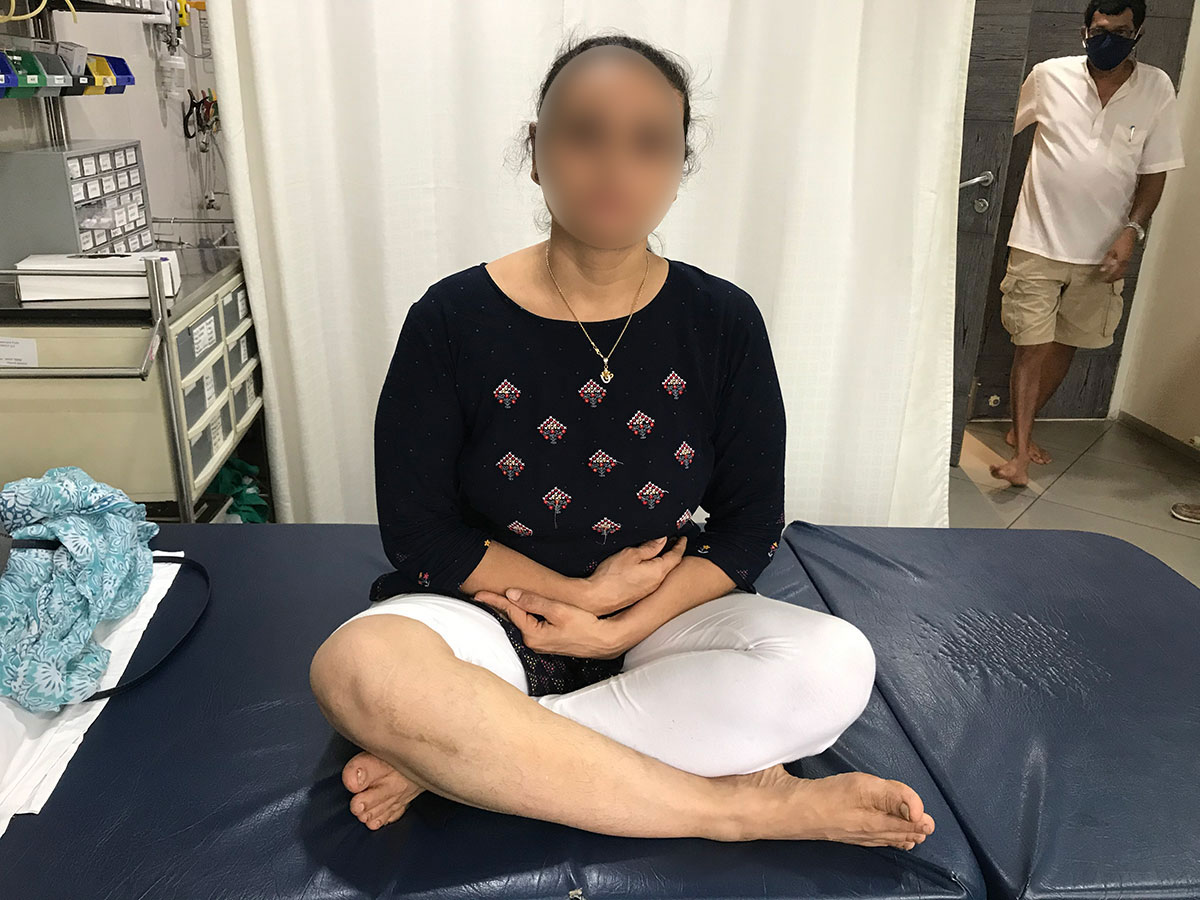
High Tibial Osteotomy
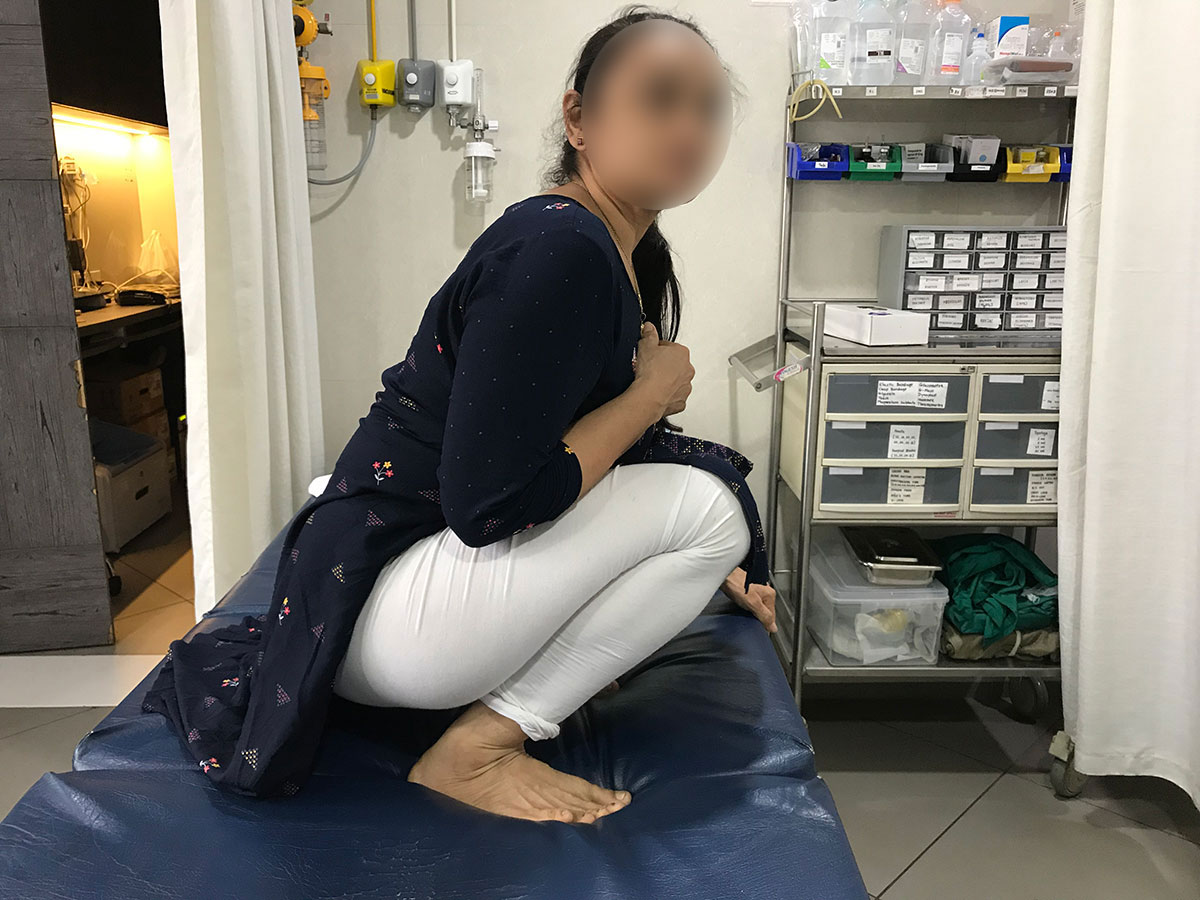
High Tibial Osteotomy
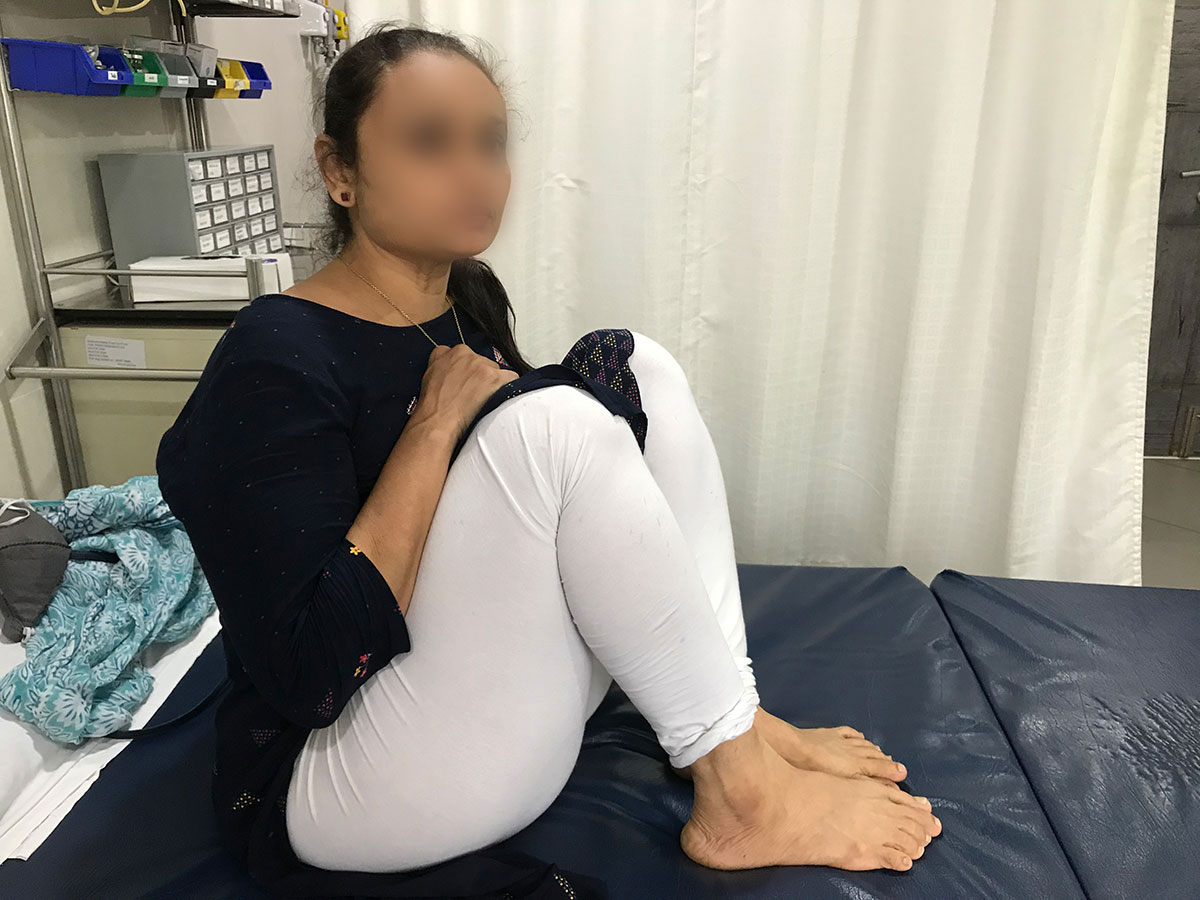
High Tibial Osteotomy
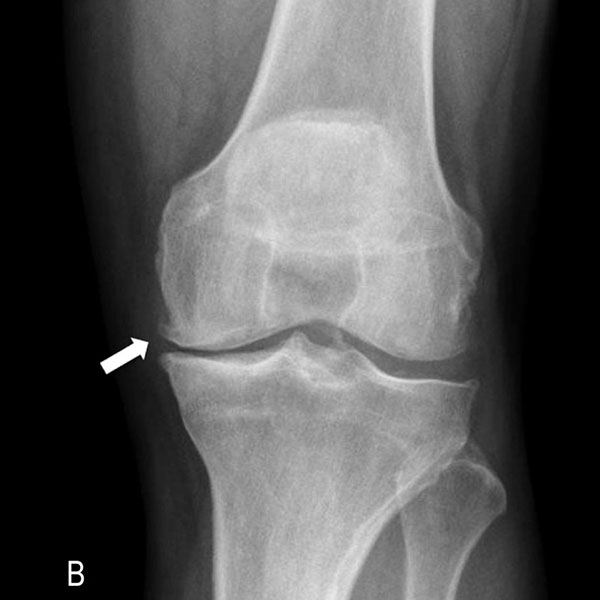
High Tibial Osteotomy Before Surgery
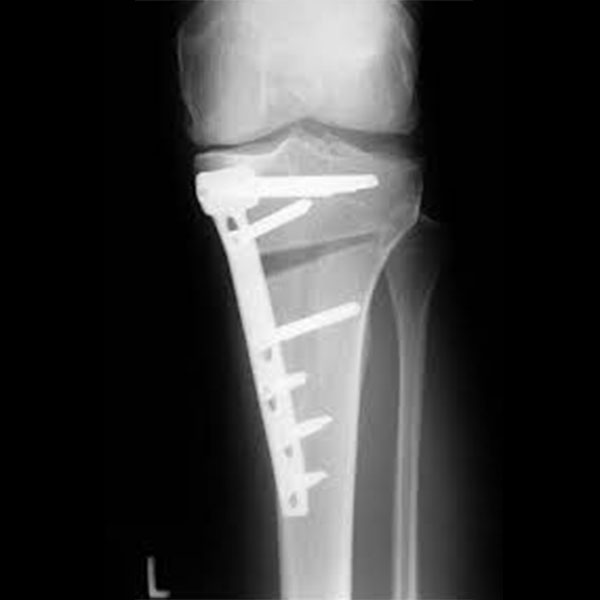
High Tibial Osteotomy After Surgery
High tibial osteotomy is a surgical procedure to realign the leg and reduce the pain you have from your knee by transferring the body weight to the preserved normal outside of the knee. This procedure does not return the knee to normal but it prolongs the life of a damaged knee, helps relieve pain in the knee and delays the need for a total knee replacement.
A triangular wedge of bone is taken from the outer side of the tibia (the bone beneath the knee You will have a curved scar about 10 centimetres in length along on the outside of your knee.
The surgery is done to correct the alignment of the knee not to correct instability of the knee but this may also occur as a secondary benefit.
Operation and recovery - Your operation will usually take between one to two hours.
HOSPITAL STAY- WILL BE AROUND 2-3 DAYS
Mobilising and exercising - You will have a knee immobilizer in place at all times.
The day following your surgery specific instructions and assistance will be given to you regarding weight-bearing . You are not usually allowed to take any weight through the operated side.
It is recommended for most patients that progressing from non-weight bearing to partial weight bearing with crutches will be gradual and over a period of about six weeks.
While resting, it is important to keep your leg elevated to reduce swelling.
You will not usually be allowed to bend your knee until after you see us in the follow up.
When you go home you will wear a knee brace for up to 6 weeks.
Those patients who have medial compartment osteoarthritis with varus deformity and who are relatively young 30-60 years of age.
This surgery can preserve their natural joint for next 10-15 years without any pain and restricted activity.
In future if the patient further suffers from tricompartmental osteoarthritis then they will have an option of total knee replacement too.
Serious problems from a high tibial osteotomy are not common but can happen:
After three months you should be back to most of your usual activities. You may find that you can return to activities you haven’t been able to do for some time because of your knee pain. Make the most of these improvements by getting back to activities you enjoy. Having prepared yourself well and participated actively in your treatment, you will be able to return quickly to a more active independent lifestyle.
